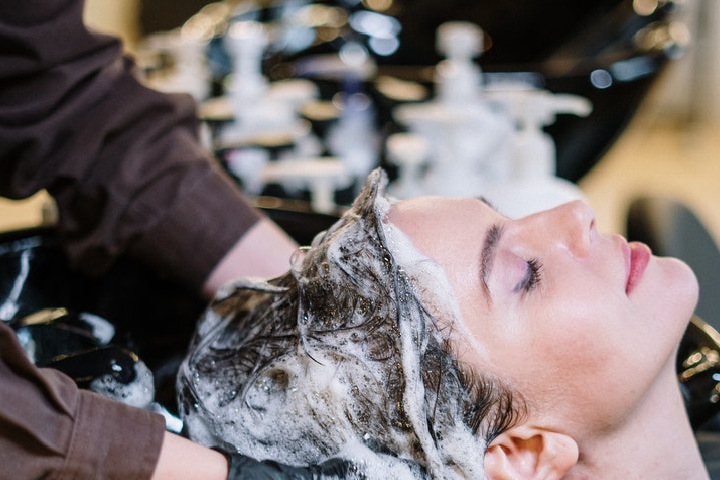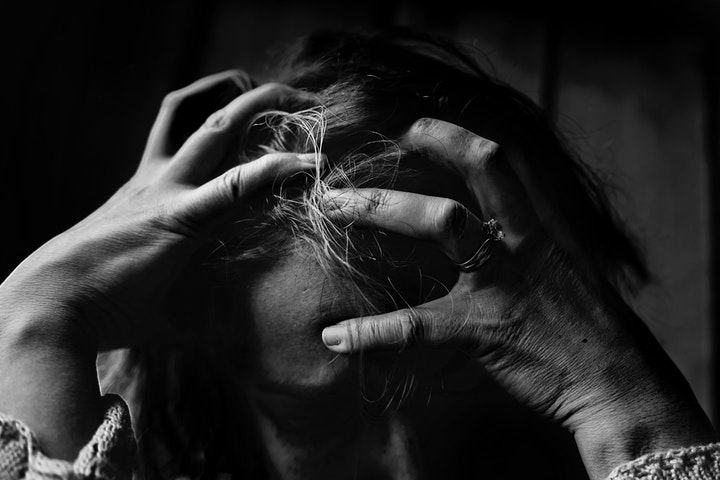Table of Contents
1. Lice Infestation
Lice are not a sign of poor hygiene but rather evidence that the person concerned maintains close social contact.
An accumulation of infections with lice infestation occurs, especially after the summer holidays.
Because although in many places, there is still the belief that the lice jump from person to person or transmitted via pillows.
Frequent hair washing doesn’t help either: from the 9th day of life, the female louse lives five eggs the size of a grain of sand, which she sticks directly to the hairline with a glue-like, water-repellent substance.
This substance prevents the nits from coming loose through contact with water or with regular shampoo.
2. Do I Have Head Lice?
Lice infestation is not dangerous but very unpleasant because the lice feed on human blood.
- To satisfy their hunger several times a day, they bite their host. It secretes saliva, which prevents blood from clotting and causes severe itching.
- If you then scratch yourself, this is a found food for the lice.
- The good news is: It cannot transmit diseases. In addition to itching, signs of louse infestation can also be eczema on the neck skin.
- Because the lice particularly like to nest there. If you want to make sure that you have head lice, the best thing to do is look at your temples, behind your ears, and on your neck.
- Anyone who finds nits (louse eggs) or newly hatched nymphs is also likely to have adult head lice in their hair.
3. How to Act? – Tips to Getting Rid of Lice
These are the tips to act immediately:
a. Warning Signs
If it appeared in the social environment (kindergarten, school, sports club) or if your child frequently scratches their head, you must check the hair carefully.
b. Forensic Evidence
Take enough time for this. Work in a good light. Comb through your hair with a nit comb, strand by strand. The effectiveness of the combs varies.
- Combs with long, narrow tines (such as the “License Master”) have proven their worth. Since lice are afraid of light, they are rarely seen, but often nits are found.
- They are light, oval, small as a grain of sand, and stick to the hair.
c. Control
- The control is most effective if you generously distribute a commercially available hair conditioner onto towel-dried hair.
- It can then hardly move, and the nits are more natural to strip off.
d. Individual Nits
If there are only isolated nits, it is sufficient to remove them and continue to check the hair regularly.
f. Louse Shampoo
Only use the louse shampoo if you have found lice that are alive. Preventive treatments are of no use.

- Since the chemical products are unhealthy, they should not contact the body as much as possible.
- Put on rubber gloves before application, and never wash the foam in the filled bathtub or under the running shower.
- Treatment must repeat after six and twelve days. In the meantime, you must consistently remove all nits.
g. Resistance
If live lice still found after the chemical treatment, they are resistant to the active substance contained in the shampoo. Change the shampoo.
h. Follow-up
- Check the hair at least twice a week for the first month. Even later, when the situation has calmed down, regular hair checks are the best preventive measure.
- The sooner the lice are discovered, the less time they have to reproduce – and the treatment is much more comfortable.
i. Information
Notify the nursery, school, after-school care, and the parents of your friends immediately if you find lice or nits in your child.

